Butterfly Tenergy 64 is a rubber that is extremely popular among the world’s top players. It’s one of the fastest rubbers I have ever played with and it’s easy to see why so many people use it. But how does it stack up against the other rubbers on offer, and what exactly are its positives and negatives? These are the questions I will answer in today’s Butterfly Tenergy 64 review.
Table of Contents
ToggleTenergy 64 Review
Features
- Surface: Inverted
- Speed: 9.3
- Spin: 8.8
- Control: 8.2
- Hardness: Medium
- ITTF approved?: Yes
- Thickness: 1.7 mm, 1.9 mm, 2.1 mm
- Price: $$$$
- Rating: 9.3
Build
Butterfly Tenergy 64 was one of the original Tenergy rubbers. Like the rest of the series, it uses Butterfly’s Spring Sponge Technology to give the rubber a pronounced catapult effect. It achieves this through its unique arrangement of air bubbles within the sponge and its thin inverted pimples on the top sheet.
The “64” in “Tenergy 64” refers to the Butterfly 64 pimple code. While the individual pimples measure 1.7 mm in width like Tenergy 05, they are spaced further apart. Tenergy 64 is the fastest rubber in the Tenergy series while being softer than most other rubbers of a similar speed. The high tension surface is also very grippy. The rubber is available in thicknesses ranging from 1.7 mm to 2.1 mm and the sponge is a bold red.
Pros
Fast with a softer touch than you might expect, Tenergy 64 is a lethal rubber in the hands of the right attacker. Where many of the fastest rubbers tend to be medium-hard or harder, Tenergy 64 instead has a medium hardness. To some, this will feel more comfortable in the passive game, as it really helps you to feel the ball. The pimples are both spaced further apart and longer than the likes of Tenergy 05. This helps the ball to dig into the sponge for elevated safety, making pushes and blocks a little easier.
Equally, this is what gives the Tenergy 64 rubber its killer pace. There is no doubt it is one of the fastest rubbers you can buy, and the only other rubbers by Butterfly that beat it in this area are Bryce High Speed, Dignics 64, and Dignics 80, but not by much. Naturally, with such a fast pace, I found myself smashing more than I was used to, and I expect you might do the same.
Tenergy 64 has a medium throw angle and plays much more directly than Tenergy 05. This makes it a good choice for loopers who like to stay fairly close to the table and strike the ball at the top of the bounce. Of course, you can play at a far distance if you like — it has more than enough pace for it. However, as a result of my Tenergy 64 tests, I feel that you should try to stick somewhat close to the table if you can.
Spin is another area where Tenergy 64 puts a smile on my face. You can produce a ton of spin with it, which makes it a great rubber for loopers and players that like to play a spin-dominant game. Surprisingly, it’s even a good pick for choppers. Quite a few defensive pros have used it over the years. However, I imagine most choppers will want something a little slower. It’s much more popular with attacking pros. According to Table Tennis Reference, a staggering 40 professionals use Tenergy 64, although I suspect the real number is much greater than this.
- Widely used by pros
- Super quick
- High spin
Cons
Despite Tenergy 64 having a good touch and okay spin insensitivity, it is still a hard rubber to control. Its high spin and speed make it difficult to tame, so I’d only recommend it to advanced players. When the catapult effect becomes harder to predict, you’ll have trouble controlling the main instance in the higher gears. Blocking and pushing are much easier. It will take at least a few sessions for most players to adapt their strokes to consistently get the ball on the table.
To me, though, without a doubt, the biggest drawback to Tenergy 64 is its steep price tag. While the rubber is certainly very high quality, it’s a bit too expensive for what you get. If you look at other brands besides Butterfly you’ll immediately see that you can pick up similar rubbers for a much cheaper price. Butterfly is known for charging a premium as they are one of the biggest names in the industry. So if you’re looking for maximum value, Tenergy 64 is not a rubber I would recommend. However, if maximum performance is instead your goal, I switch my stance and feel that you should consider it.
- Control is lacking
- Pricey
What Is the Difference Between Tenergy 05 and Tenergy 64?
As these rubbers are part of the same rubber series, they have identical top sheets and rubbers. The only difference between the two in terms of the build is their pimple geometry i.e. the shape and spacing.
Tenergy 05 has shorter and thicker pimples that are closer together. This is solely what makes its playing characteristics different. Tenergy 05 has more spin, is slower, and has a higher throw angle. It also feels a little harder as the ball doesn’t dig into the sponge as much as it does for Tenergy 64.
Given these differences, Tenergy 05 is better for the spinny looper who wants to drift away from the table. Its heavy arc also means you get away with hitting the ball as it falls without losing too much speed. Tenergy 64 instead is a better fit for players who like to play more directly and stick closer to the table. It’s also a little bit more spin insensitive, so great for players who like to play spinny but want somewhat of a cushion when returning loaded balls.
To learn more about the differences between the two rubbers, check out our dedicated post.
Is Tenergy 64 Good for Backhand?
Tenergy 64 is an exceptional rubber for backhand, but it’s pretty damn quick, so you have good control for your attacking shots. Most players like a rubber that is not too hard for their backhand side, so Tenergy 64 fulfills this criterion at medium hardness. What’s more, as it has good touch and isn’t too spin sensitive, it is pretty good for blocking and pushing — two shots that are very common for the backhand side. Tenergy 64 on backhand gets my full endorsement if you are adequately skilled and happy forking out for it.
Other Rubbers to Consider
Tenergy 80
Tenergy 80 is one of the closest performing rubbers to Tenergy 64. It has a marginally higher throw angle and is slightly slower with a little more spin. It’s also got a great touch like Tenergy 64 and isn’t that spin sensitive. Of course, the drawbacks to this rubber are the same as for 64. It’s damn fast and spinny so controlling it is tough, and the rubber is fairly overpriced.
JOOLA MAXXX-P
JOOLA MAXXX-P is a great substitute for Tenergy 64 as it shares many playing characteristics. First and foremost, it’s damn fast and spinny, perhaps even a little more spinny than Tenergy 64. The rubber uses GeoGrip Power Technology which increases spin impartation by using an intense friction surface structure. It also has a similar hardness and throw angle, so you don’t need to greatly adapt your strokes.
You might want to choose this over Tenergy 64 because of its cost. MAXXX-P has dropped a lot in price since its initial release and is miles cheaper than the Tenergy series. So if you want to save some money, it’s a solid choice.
Final Thoughts
The performance of the Tenergy 64 rubber is excellent. It’s highly elastic and equally capable of winning points from spinny or powerful strokes. There’s no doubt it is deadly when wielded by skillful players. But that’s just it, only advanced players should consider purchasing it. Intermediate players lack the control and technique to use it, and they will make more unforced errors than is acceptable.
If you’re really tempted by Tenergy but aren’t quite yet ready, try Butterfly Rozena instead. It uses the same technology as Tenergy but is not quite as hard to use. I think intermediate players can get away with using it. Alternatively, if you need more control, perhaps try Butterfly Sriver. It’s been around for a long time and is highly popular.
Related post


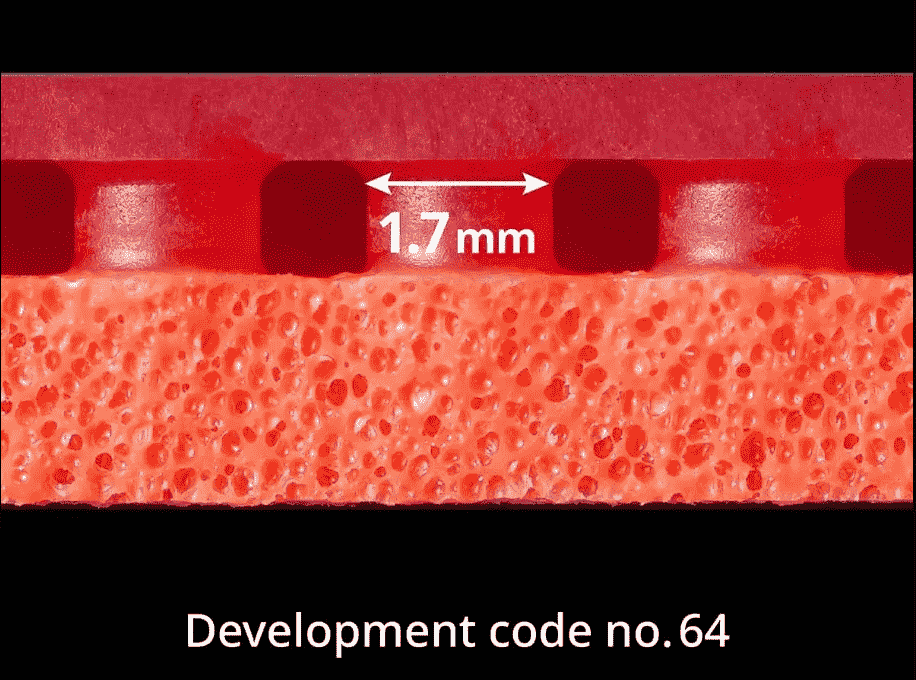
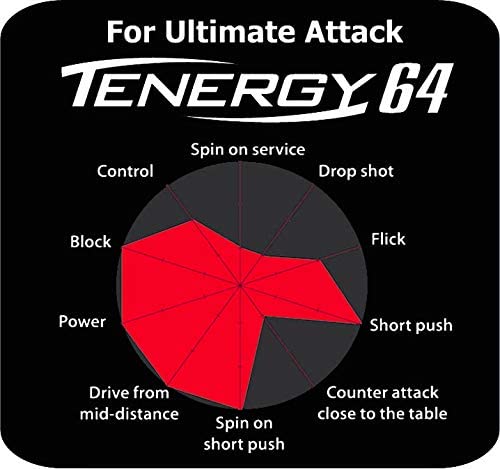
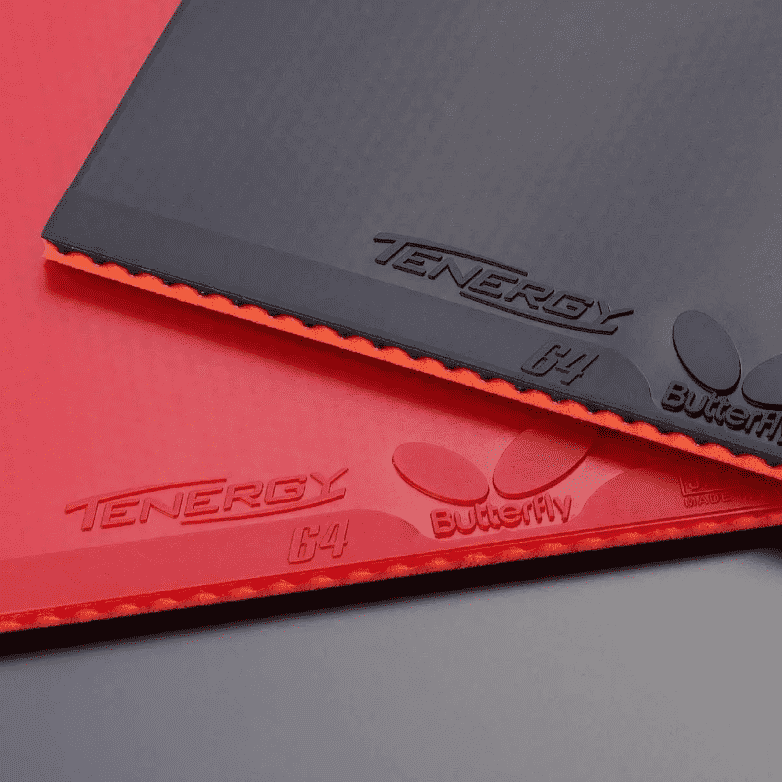
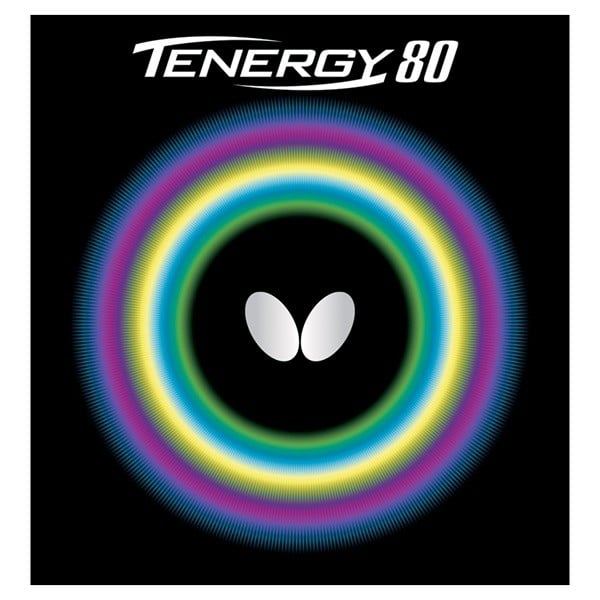
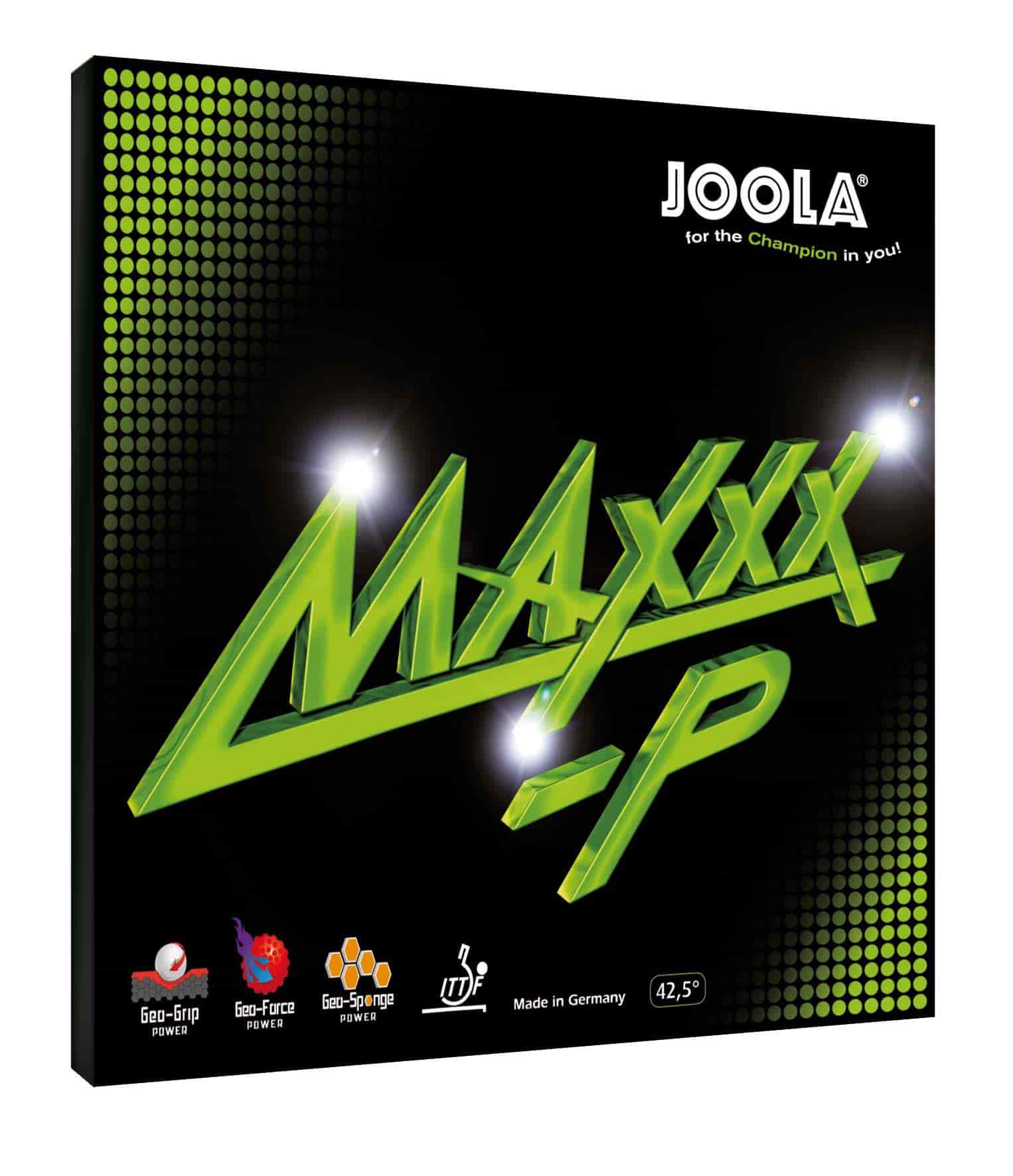









1 thought on “Butterfly Tenergy 64 Rubber Review — Pros, Cons, & Alternatives”
Visitor Rating: 5 Stars